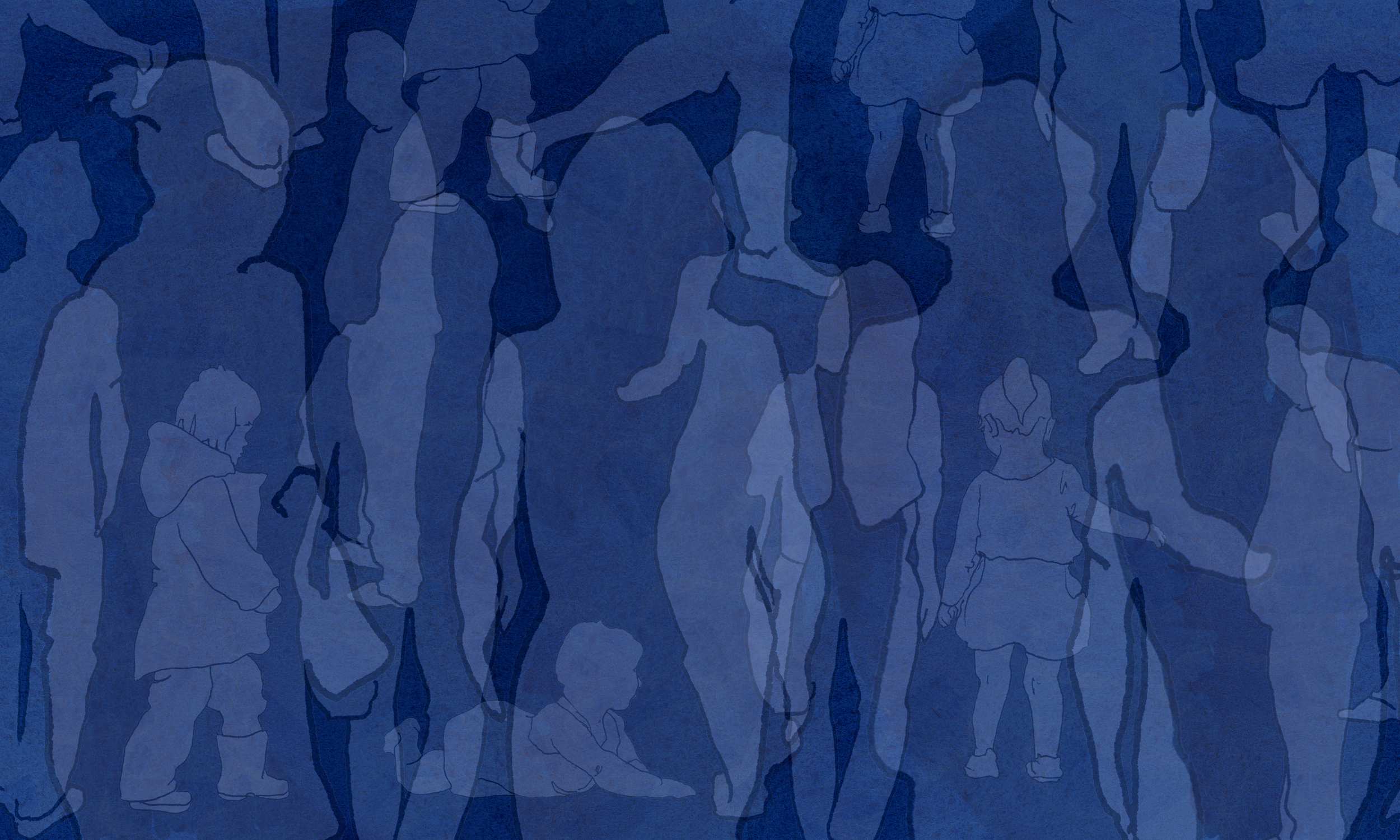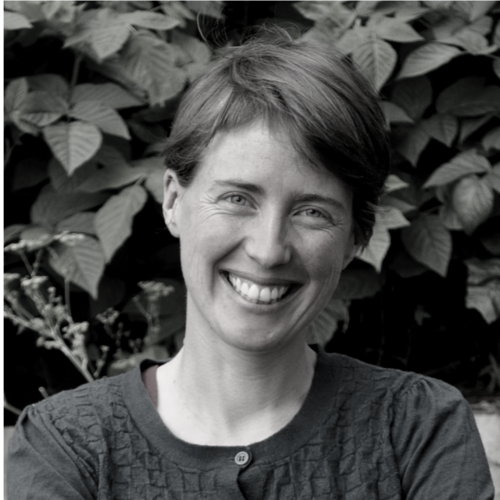What are universities for?
Photo by Brooke Cagle (Unsplash)
This article was first published in the Tasmanian Times on the 28th November 2021.
Photo by Hans Peter Gauster (Unsplash)
What is the purpose of our public institutions? How do they best serve us as a community? And in this time of disruption and restructure, can we remember to look beyond the glossy reports and key performance indicators to true purpose?
Universities are of course one of the key public institutions in Australia. Thanks to COVID-19, a mind-boggling lack of support from the federal government, and declining international student revenue, universities are having to rethink the way they operate.
It’s easy to see why tertiary education is moving online. It’s seen as cheaper and more flexible, and in many cases more accessible to students otherwise unable to attend in person. But does it serve the public good that we need our universities to serve?
Do universities exist to cram facts and figures into minds in such a way that they can be vomited out word perfect at exam time? Do they exist so that we have some sense of hierarchical organisational security that those who have been through the ‘fact sausage machine’ can get pieces of paper and then dutifully line up for paid employment that may or may not lead to community service and content private lives?
Or do these institutions exist to serve something greater than the economy and the utilitarian view of the individual?
Photo by Beth Macdonald (Unsplash)
Recent research by Australia reMADE shows a strong desire among Australians for public institutions to reclaim their purpose in serving the public good. This means people want to feel confident that institutions like universities, government, and the media exist for the people. They exist to improve our country for everyone. They want robust debate about ideas and what should happen and they want strong institutions unafraid to put the needs of people, place and planet ahead of profit. And that is going to require more than segmented online spaces.
Universities don’t just serve the public good by cramming facts into heads. They serve the public good by being places for new ideas to ferment, for people to emerge and grow. In a weirdly hierarchical institution universities are also places for questioning hierarchies and challenging traditions and ideas.
They should be places that allow people from different backgrounds to mix, to observe each other before leaping in with introductions. They must be places that are accessible, physically and financially and educationally. Sure, online enables accessibility for some and it disables it for others. In this wild wonderful world, we can surely have both!
So when we talk about shifting teaching online, we need to ask whether or not the true purpose of a university as a public good is actually being served. Or at the very least, how to bring in the invisible curriculum to a rigid online space.
To be clear, there are some fantastic things about online teaching, and done well it’s a fabulous option for some students (but not all, there are those who need the face-to-face environment to learn). Pre-pandemic I taught both online and in the flesh. Both types take time (and online often requires more time and more care).
Photo by Michael Dziedzic (Unsplash)
But what online doesn’t allow for are the spaces between. The friendly arguments leaving lectures, the debating of ideas on the grass, the continuing conversation with the lecturer on the way to the tearoom. The overheard dissenting venting in the bathrooms and the visibility of people and bodies and ideas that are different to each other. Everything has to be so direct online that the magic of sidling into conversation disappears. And heck, what about the lost thrill of sitting next to that interesting-looking person you’re hoping to talk with about the weather before inviting them for a beer?
For me the frisson of university came in the spaces between the lectures, the informal curriculum that we as students co-created. And as a teacher, there is nothing like the energetic buzz of students leaving a lecture where you know you challenged them, the shy ones asking questions as you pack up that they were too nervous to bring into the bigger space. As teachers we need to be in this mess of developing students to keep our own ideas fresh. Universities and education are not a one-way street.
So as our institutions shift and adapt, can we please remember to ask why they exist in the first place and what public good it is that they serve. Let’s look beyond the visible metrics and cast our eyes on the spaces between, because in these spaces is often where the magic is happening.
DR MILLIE ROONEY
Millie is the National Coordinator for Australia reMADE. Millie has a qualitative research background and has spoken in-depth with hundreds of Australian's about their lives, communities and dreams. She has worked in and around universities for over a decade building student capacity and enthusiasm for tackling wicked problems. Millie is also a carer for her family and community and is passionate about acknowledging this work as a valid, valuable and legitimate use of her time.
Selected Other blogs by millie:
From trepidation to transformation: democracy, indi- style
Forget GDP, we need a bold new ‘why’ fit for the times we live in
Bread and Roses







